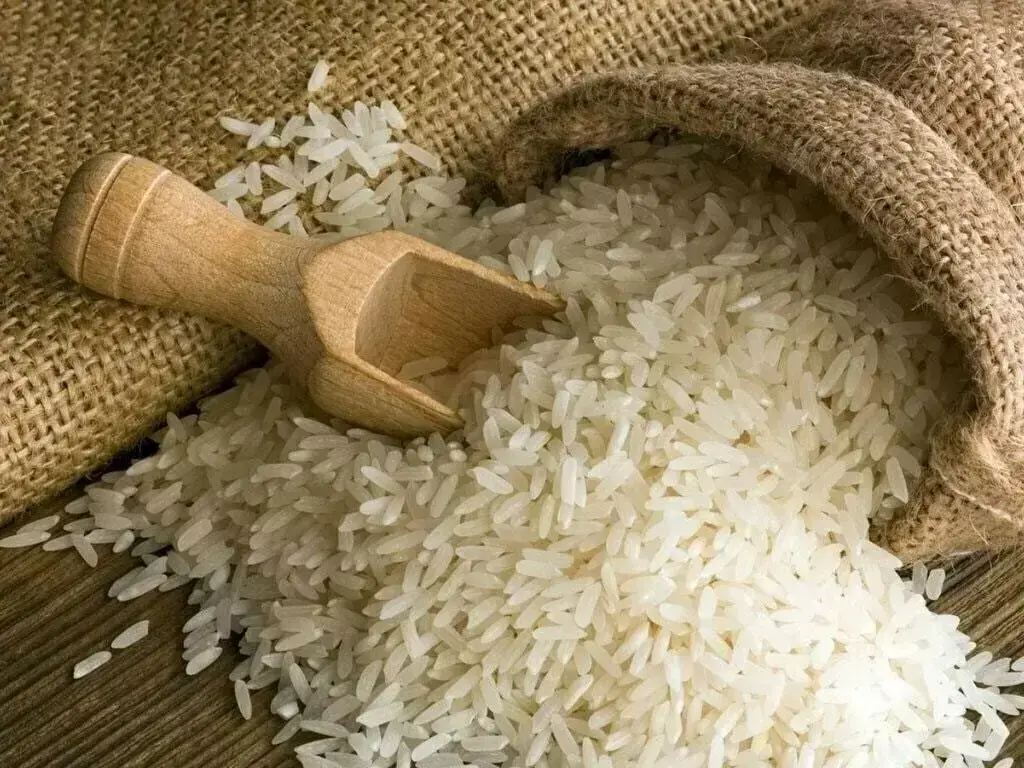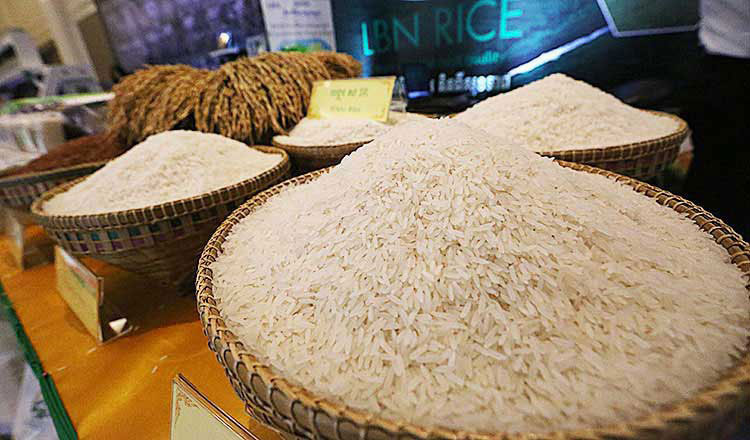Tags
Philippines to start rice importation by January 2026 with new tariff rates
By TED CORDERO, GMA Integrated News

The Philippines will resume importing rice by January next year, with a new tariff rate to be imposed on the imported grain, which will be determined by mid-December this year, the Department of Agriculture (DA) said Thursday.
“Definitely we have to start importing by January because we have to ensure we have enough buffer stock for the next harvest season,” Agriculture Secretary Francisco Tiu Laurel Jr. said at a press briefing in Quezon City.
This came after President Ferdinand “Bongbong” Marcos Jr. issued Executive Order No. 102 which extended the import ban on regular milled and well-milled rice until December 31, 2025.
The ban was first ordered by Marcos in August, and was initially set to last only until October 30, 2025.
“As far as the tariff is concerned, I am not promoting bringing it back to 35% immediately,” Tiu Laurel said.
“Because if we start buying, currently we are not buying from the rest of the world, the international price will go up, so if we immediately bring it up to 35%… consumers will be affected,” he said.
To recall, Marcos, under Executive Order 62 issued in June 2024, lowered tariff rates for rice to 15% until 2028 from 35%.
Meanwhile, the Economic Development Council, chaired by the President, adopted the Tariff and Related Matters Committee’s (TRMC) recommendation for a more gradual and flexible tariff adjustment of five percentage points per 5% change in international rice prices, subject to a minimum rate of 15% and a maximum rate of 35%, starting January 1, 2026.
Tiu Laurel said that once rice importation resumes in January next year, “one thing is for sure, it will not be 15% [tariff rate].”
“There is a working group… the deadline to determine what the right tariff come January 1, 2026, would be by December 15… that’s our internal target,” the DA chief said.
Samahang Industriya ng Agrikultura (SINAG) is calling for the full restoration of the 35% rice import tariff rate, as the current 15% tariff rate was introduced only as a temporary emergency measure at a time when global rice prices surged to around $680 per metric ton.
“Today, however, international rice prices have dropped by nearly 50%, now hovering at just $330 per metric ton.
There is no economic or moral justification for continuing to treat the situation as an ‘emergency’,” SINAG said.
“The longer the reduced tariff remains in effect, the greater the damage to our local rice farmers, who are already reeling from depressed farmgate (palay) prices,” SINAG said.
Data available from the Philippine Statistics Authority (PSA) show that the average farmgate prices of palay stood at P17.11 per kilogram as of August 2025, and have reportedly declined to as low as P8 per kilo.
Commercial rice in Metro Manila markets, meanwhile, range from P39.50 to P57.76 per kilogram for imported, and from P37.10 to P57.09 per kilogram for local. –NB, GMA Integrated News
https://www.gmanetwork.com/news/money/economy/965152/philippines-rice-tariff-january-2026/story/Published Date: November 6, 2025






